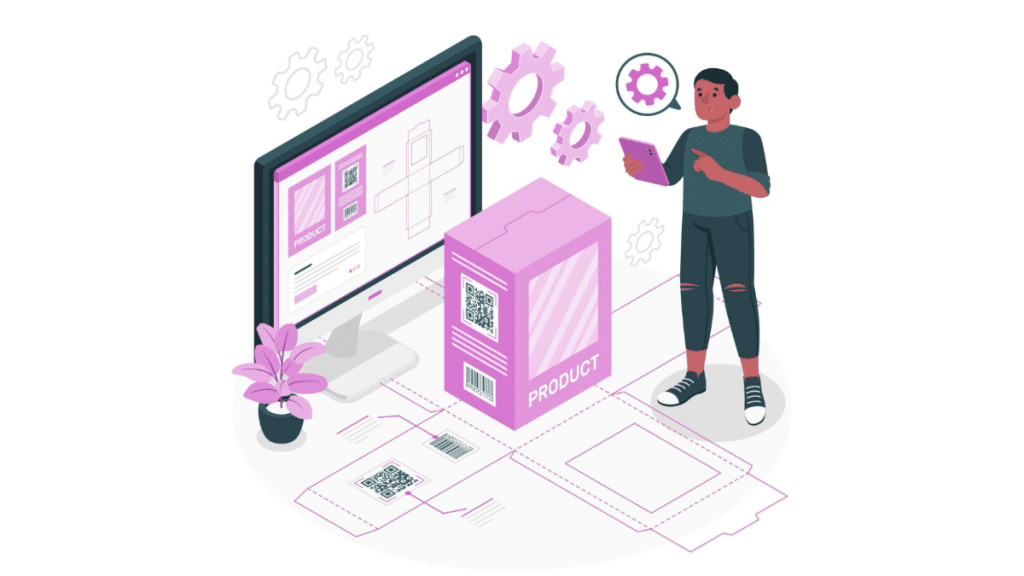If you want to build your own software, you will foten hear about MVP devvelopment. It is presented as a way to test your ideas without fully committing to them, but is it true? As a software development company with experience developing MVP projects, let’s discover whether it’s as good as it sounds. If you’re interested learning move about MVP development and other development services, check out our website: https://www.altamira.ai/
What is MVP development?
Minimum Viable Product (MVP) development is all about building the simplest version of the product that still delivers enough value to the users. Instead of spending years building every feature you can imagine, an MVP focuses on core functionalities that solve the main problem the product is addressing.
Its goal is to quickly bring a product to market, test the assumptions, and gather user feedback without overcommitting resources. This approach helps businesses avoid wasting time on features that may not resonate with their audiences.
Benefits of MVP
Building an MVP is more than just a shortcut to get a faster time-to-market. It’s a strategic way to validate your idea, manage risk, and save time. Here’s how it can benefit your business:
- Cost-efficient: By focusing only on the core features, businesses avoid wasting time and resources on things users may not even need. An MVP helps you get to market quickly with a simpler version that can be expanded if needed.
- Testing assumptions without overcommitting: One of the biggest risks of product development is assuming users will behave a certain way or prefer a specific feature. MVP gives businesses real feedback from actual users instead of assumptions. This allows you to adjust the direction early on if needed.
- Lower risk of failure: Developing full-scale software is a gamble. An MVP reduces the risk by letting businesses test the core idea first. If users don’t respond well, businesses don’t lose as much since they only invested in a small-scale version rather than a full-fledged product.
Challenges of MVP development and how to overcome them
While MVP development offers clear benefits, the process also comes with its challenges. Here are some of the most common obstacles you might face and how to address them:
- The scope: One of the trickiest parts of MVP development is deciding which features are truly essential. It’s tempting to keep adding more, thinking it will improve the product, but that can lead to scope creep.
Stay focused on the core problem your product is solving:
Think of the simplest version of a product that will deliver value to the user. Involve key stakeholders early on to make sure everyone agrees on what’s “necessary” and what’s not.
- Cutting corners in favour of speed: Some people assume MVP development is about cutting corners to reach faster time-to-market, but it’s far from the truth. In reality, quality plays a crucial role in user reception. They will notice if the product feels incomplete or unreliable, hurting your chances of gathering useful feedback.
The balance between speed and quality is key:
Focus on building a functional, stable product that users can engage with. Prioritise clean code, usability, and core features while keeping things simple.
- Feedback: Collecting feedback can be difficult once the MVP is released. Some users will understand the MVP’s limitations and withhold their opinions until the full product is available, while others may not fully understand what MVP is.
Be proactive about seeking feedback:
Use surveys, interviews, and analytics to get a deeper understanding of their experience. Make it clear that you’re testing the core idea and that their input is crucial for shaping the final product.
Final words
MVP development offers businesses a unique opportunity to test their ideas without overcommitting to them. It provides insights into user needs and market responses to your products and can serve as a foundation for a fully developed solution in the future.
At the same time, MVP development isn’t a walk in the park, either. Being aware of what challenges you might face and how to overcome it is crucial for your future success.
